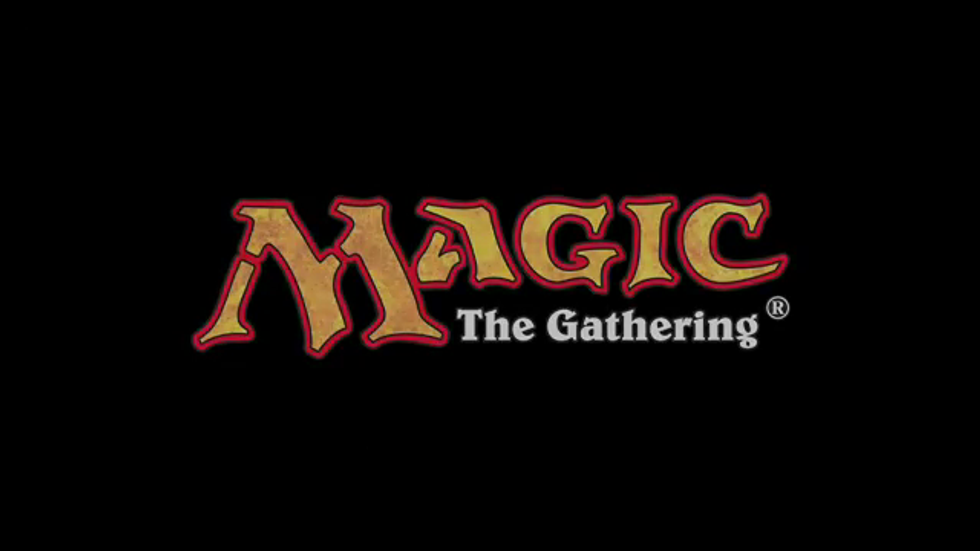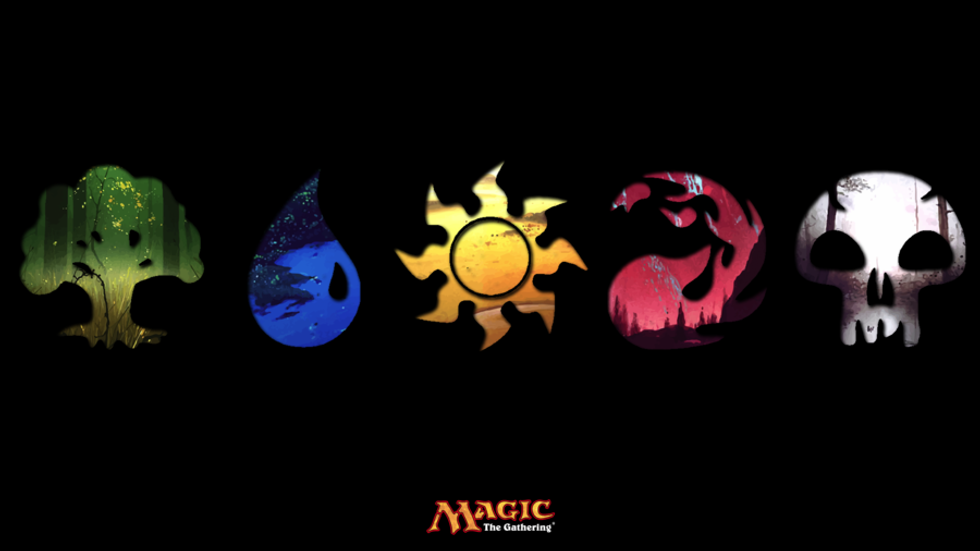"Magic: The Gathering" is a very well-known card game that I’ve had recollection of since the fifth grade when I received a couple of booster packs from a friend for my birthday. Back then, I had absolutely no idea what to do with them, so I put them among my monstrous collection of “Pokemon” cards and called it good. While I didn’t have anything to do with “Magic”-related items during that time, 10 years later that is not the case in the slightest. I’ve amassed a collection of cards that rivals my old “Pokemon” collection that I passed on to my sister.
So what is “Magic” anyways? What is this card game all about? I’m sure those who haven’t heard of this game are thinking that at this very moment. Well, fear not, because that’s what I’m here for.
“Magic” is a card game played with the purpose of using cards to destroy your enemies, in a manner of speaking. Anyone you play against is automatically the enemy. You use cards that you have prepared into decks, or premade decks that can be bought on the cheap, and battle to see who would win.
First, we should start with a deck. What exactly can be in these? Pretty much anything if it makes it cohesive. One of the basics of “Magic” are the colors that are used as a sort of energy source in order to play your cards. You have white, black, red, blue and green at your disposal. While it would be great to be able to play a deck with all the colors of the rainbow, that really cannot happen unless you construct a deck with that as its purpose. If you have decided on the colors that you want, whether it be a mono-white deck, meaning you’d only use a white energy source, or "mana" as it is commonly called, or a red-blue deck, which uses both red and blue mana, you can start creating your deck.
There are a few things you should know when constructing your deck. Depending on the type of your deck, you’ll want more creature cards or spells. Creature cards are pretty self-explanatory; they’re creatures that you can summon by paying the mana for them. They’re usually the damage dealers in a deck, unless you have spells that dish out damage, as well. There is a wide variety of spells in the world of “Magic” that would take far too long to explain. Spells serve a multitude of purposes, whether it's to deal damage to an opponent, help you draw cards, protect your creatures from assault, or assault your opponent’s creatures. With certain spells, you can enhance your creatures to become bigger and better in an attempt to clobber your enemy even further.
So if you’re creating a deck that’s more creature-based, you’ll definitely want more creatures and fewer spells. If you’re using something that is referred to as a “control deck," then you’ll want more spells than creatures. There are plenty of spells that can kill your opponents while fending them off from doing you harm, if you play them right.
Let’s say you’re creating a regular, somewhat creature-heavy deck. To get you started, I’ll give you some rough numbers that you definitely don’t have to abide by. It is common for decks like this to have anywhere between 22 and 25 creatures while having 10 to 12 spells to back them up. From there, you have your mana, which should be around 22 to 23. If you’re creating a basic deck, then you should end up having close to 60 cards, which is the minimum requirement of cards a deck can have unless you’re playing in a different format that calls for less or more.
Hopefully you have a somewhat-ready-for-play deck. I know that constructing a deck is never easy, especially when narrowing down cards to use, but if you’ve gotten that far, you’ve done a good portion of the work necessary to play “Magic.” The rest comes from actually playing. You can play with one or more people and you each have what is called a "life-total." Players start at 20 and try to get their opponents down to zero. There’s much more to actually playing, but those strategies come from getting to know the deck you’ve created.
So go play with that handy-dandy deck of yours and see how you best like to play. Good luck, fellow “Magic” player!
























